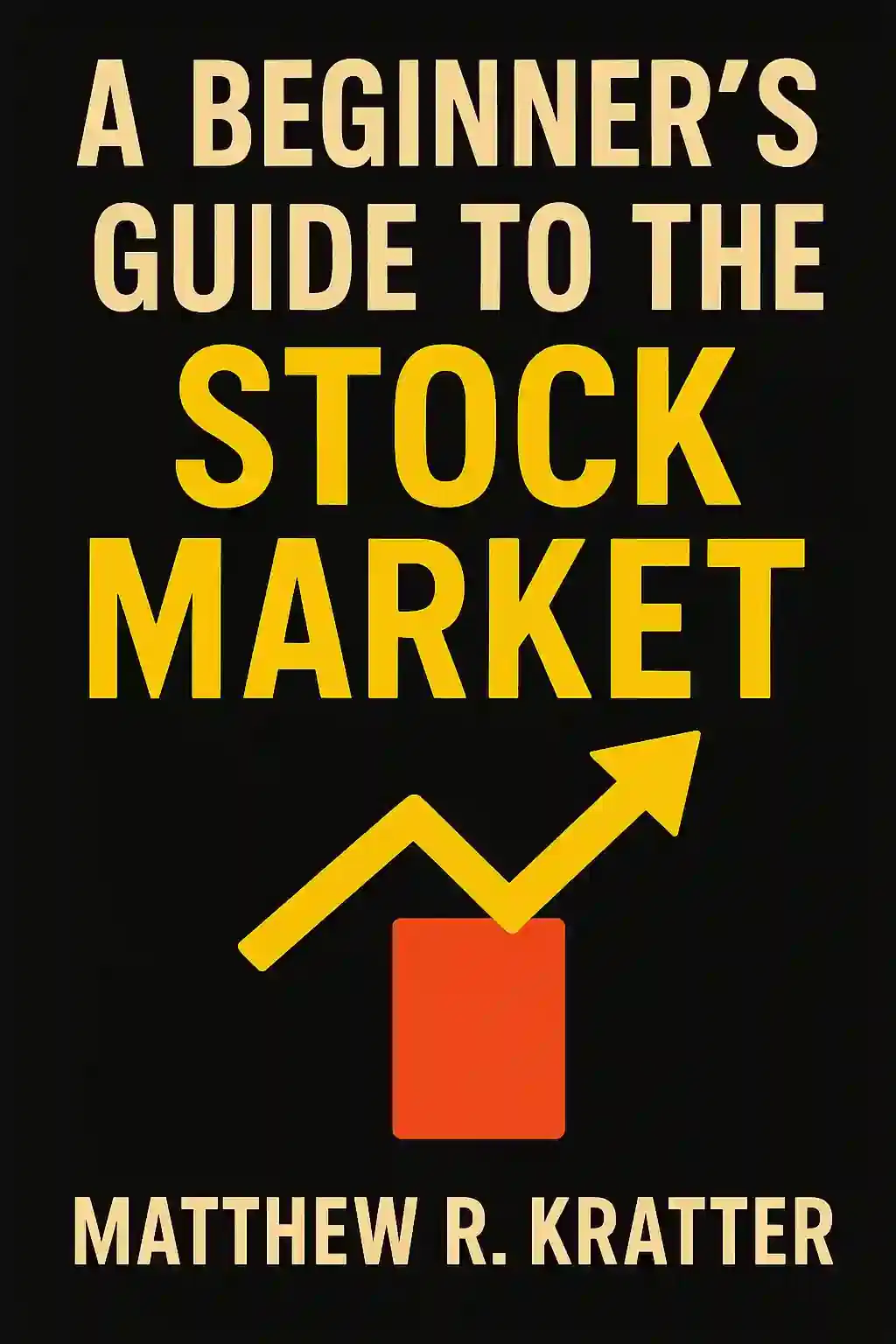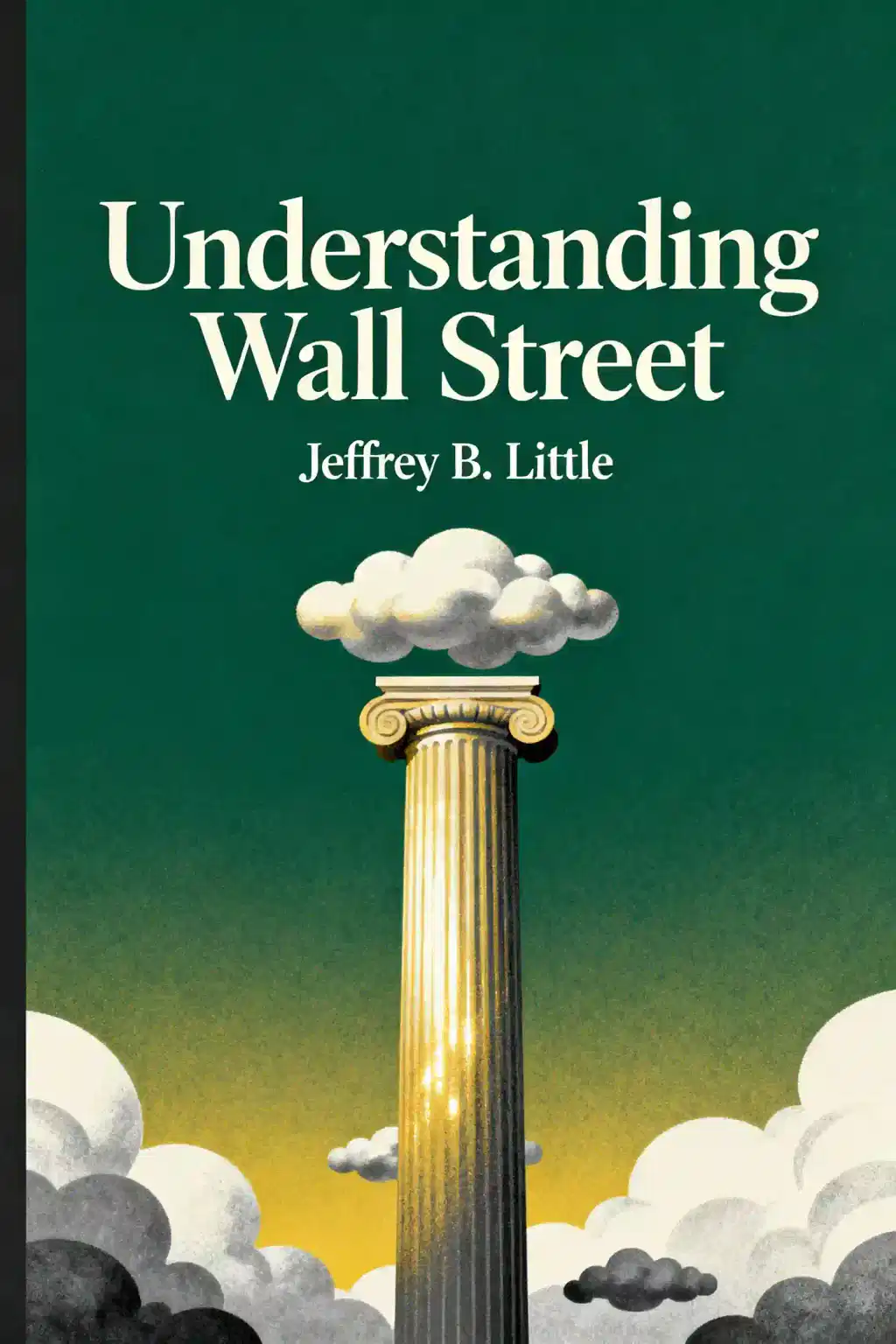
A Beginner's Guide to the Stock Market by Matthew R. Kratter Summary
Transform your financial future with ex-hedge fund manager Matthew Kratter's 98-page stock market bible. This Amazon bestseller demystifies investing in just one sitting - why 20-year Wall Street veterans call it "the only guide beginners actually finish and immediately use."
About the author
Matthew R. Kratter is the bestselling author of A Beginner’s Guide to the Stock Market and a former hedge fund manager with over 20 years of experience in financial markets.
A Stanford and UC Berkeley graduate, Kratter founded Trader University to democratize investing education. He leverages his background as a founding member of Peter Thiel’s multi-billion dollar hedge fund, Clarium Capital.
His book distills complex stock market principles into accessible strategies, reflecting his focus on value investing, risk management, and long-term wealth building. Kratter’s other works, including Invest Like Warren Buffett and Dividend Investing Made Easy, offer readers actionable frameworks for mastering market dynamics.
As an Amazon bestselling author and educator, his pragmatic approach has empowered investors worldwide, blending academic rigor with real-world trading insights honed through decades of market analysis.
FAQs About This Book
The book provides a foundational introduction to stock market investing, covering essential topics like market mechanics, fundamental analysis, diversification, and risk management. It emphasizes long-term wealth-building through quality stocks and ETFs, while warning against common beginner mistakes like chasing quick profits. Kratter simplifies complex concepts, making it accessible for those new to investing.
Ideal for first-time investors or anyone seeking a clear, jargon-free primer on stock market basics. The book suits passive investors interested in dividend stocks, ETFs, and Warren Buffett-style value strategies, as well as traders exploring momentum techniques. Its brevity (85 pages) makes it useful for quick reference but less ideal for advanced learners.
Yes, for its actionable advice on avoiding pitfalls and building a diversified portfolio. While some criticize its pamphlet-like length, it efficiently outlines key strategies: identifying growth stocks, using ProShares S&P 500 Dividend Aristocrats ETF (NOBL), and spotting 52-week highs. The book serves best as a starting point before deeper research.
Kratter is a former hedge fund manager and bestselling author of multiple finance books. He founded Trader University, sharing 25+ years of trading experience, including strategies from his time managing institutional funds. His focus on Bitcoin since 2019 doesn’t diminish the foundational stock advice here, which draws on proven Wall Street methodologies.
- Dividend aristocrats: Focus on reliable dividend-paying stocks like those in the NOBL ETF
- Momentum trading: Buy stocks hitting 52-week highs, avoid those at lows
- Value investing: Adopt Warren Buffett’s principles for long-term growth
- Diversification: Use ETFs and covered-call options to mitigate risk
It prioritizes diversification through ETFs and sector spread, while advising against emotional decisions like panic-selling during dips. Kratter stresses position sizing and avoiding overconcentration in volatile stocks. The ProShares S&P 500 Dividend Aristocrats ETF is highlighted as a lower-risk income generator.
- Chasing "hot tips" or meme stocks
- Attempting to time the market
- Overlooking dividend reinvestment
- Neglecting fundamental analysis for speculative trades
- Failing to diversify across sectors and asset types
More concise than comprehensive textbooks but more practical than theoretical works. Unlike The Intelligent Investor, it skips deep valuation math, favoring actionable steps for beginners. It complements Kratter’s Dividend Investing Made Easy and Learn to Trade Momentum Stocks for specialized strategies.
Some note its brevity limits depth on complex topics like options trading. A Goodreads review calls it “more pamphlet than book,” though concedes its utility for quick reference. It occasionally promotes the author’s other works, and the Bitcoin-focused Kratter’s newer content diverges from traditional strategies discussed here.
It teaches readers to assess companies using accessible metrics like P/E ratios and dividend history. Kratter avoids complex financial modeling, instead emphasizing qualitative factors: competitive advantages, management quality, and industry trends. The guide pairs this with free online tools for real-world application.
- Dividend aristocrats: Reinvesting payouts from stable companies
- Covered calls: Generating income from existing stock holdings
- REIT ETFs: Earning real estate dividends without property management
Kratter argues short-term trading often fails due to fees and emotional decisions. By holding quality stocks for years, investors benefit from compounding, dividend growth, and market cycles. Historical data shows this beats 90% of active traders over decades.
Quick Summary Mode - Read or listen to A Beginner's Guide to the Stock Market Summary in 12 Minutes
Break down key ideas from A Beginner's Guide to the Stock Market into bite-sized takeaways to understand how innovative teams create, collaborate, and grow.
Flash Card Mode - Top 9 Insights from A Beginner's Guide to the Stock Market in a Nutshell
Distill A Beginner's Guide to the Stock Market into rapid-fire memory cues that highlight Pixar’s principles of candor, teamwork, and creative resilience.

Fun Mode - A Beginner's Guide to the Stock Market Lessons Told Through 21-Min Stories
Experience A Beginner's Guide to the Stock Market through vivid storytelling that turns Pixar’s innovation lessons into moments you’ll remember and apply.
Personalize Mode - Read or listen to A Beginner's Guide to the Stock Market Summary in 0 Minutes
Ask anything, pick the voice, and co-create insights that truly resonate with you.

From Columbia University alumni built in San Francisco
See More Stories?

Get the A Beginner's Guide to the Stock Market summary as a free PDF or EPUB. Print it or read offline anytime.
























